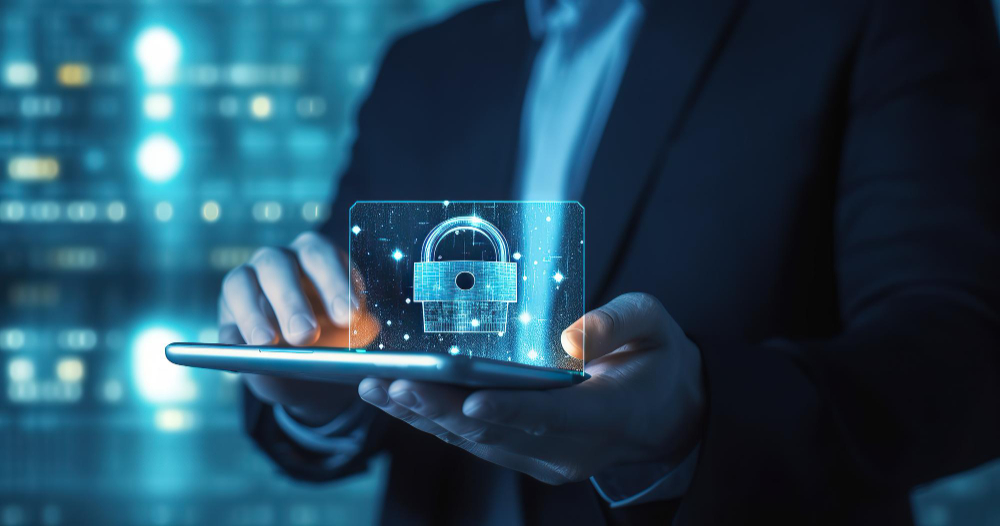Cybersecurity Today: Protecting Your Business from Evolving Threats
The digital age has brought about incredible advancements in technology, transforming how we live, work, and interact. But with every innovation comes a new set of challenges, and none are more pressing than the ever-evolving landscape of cybersecurity threats.
In today’s interconnected world, businesses of all sizes are increasingly reliant on digital infrastructure and data. While this reliance offers tremendous opportunities, it also exposes them to a wider range of vulnerabilities. Cybercriminals are constantly developing new and sophisticated tactics, making it crucial for businesses to prioritize cybersecurity measures and stay vigilant against potential attacks.
The Evolving Threat Landscape
The types of cyber threats businesses face are constantly changing. Here are some of the most common and concerning trends:
Ransomware: This malicious software encrypts a victim’s data, holding it hostage until a ransom is paid. Ransomware attacks can be devastating, causing significant financial losses and operational disruptions.
Phishing Scams: These deceptive emails or messages attempt to trick individuals into revealing sensitive information, such as passwords or financial details. Phishing attacks are often highly sophisticated and can be difficult to distinguish from legitimate communications.
Supply Chain Attacks: Cybercriminals are increasingly targeting the interconnected web of vendors and service providers that businesses rely on. Exploiting vulnerabilities in one part of the supply chain can grant access to a vast network of sensitive data.
Internet of Things (IoT) Vulnerabilities: As more devices are connected to the Internet, cybercriminals’ attack surface expands. Hackers can exploit vulnerabilities in IoT devices to gain unauthorized access to networks and steal data.
Protecting Your Business
While the threat landscape may seem daunting, there are several steps businesses can take to protect themselves:
Implement Strong Cybersecurity Measures: This includes using firewalls, intrusion detection systems, and encryption technologies to safeguard your network and data. Regularly updating software and firmware is also crucial to patch vulnerabilities and prevent exploits.
Employee Training and Awareness: Educate your employees about cybersecurity best practices and how to recognize phishing attempts and other threats. Regular training sessions can significantly reduce the risk of human error leading to data breaches.
Data Backup and Recovery: Regularly backing up your critical data and storing it securely offsite or in the cloud ensures that you can quickly recover in the event of a cyberattack or system failure.
Incident Response Plan: Having a clear and well-rehearsed incident response plan in place helps you respond effectively and minimize the damage in case of a cyberattack.
Stay Informed: Keep yourself updated on the latest cybersecurity threats and trends by subscribing to reputable sources and attending industry events.
Beyond the Basics
While these are essential steps, cybersecurity is an ongoing process. Businesses need to continuously assess their risks and adapt their strategies as the threat landscape evolves.
Here are some additional considerations:
Penetration Testing: Regularly conducting penetration testing can help identify vulnerabilities in your systems before cybercriminals do.
Security Awareness Culture: Foster a culture of security within your organization where everyone is aware of the importance of cybersecurity and takes responsibility for protecting sensitive information.
Third-Party Security Assessments: When working with vendors and service providers, ensure they have robust cybersecurity measures in place to protect your data.
The Future of Cybersecurity
As technology continues to evolve, so too will the cybersecurity landscape. Emerging technologies like artificial intelligence and machine learning offer promising solutions for threat detection and prevention. However, it’s important to remember that technology alone is not enough.
Ultimately, cybersecurity is a shared responsibility. By prioritizing security measures, educating employees, and staying informed about the latest threats, businesses can significantly reduce their risk of cyberattacks and protect their valuable assets in the digital age.
Cybersecurity is not a one-time fix but an ongoing commitment to protecting your business from evolving threats. By taking proactive steps and staying vigilant, you can ensure your organization remains secure and resilient in the digital world.




